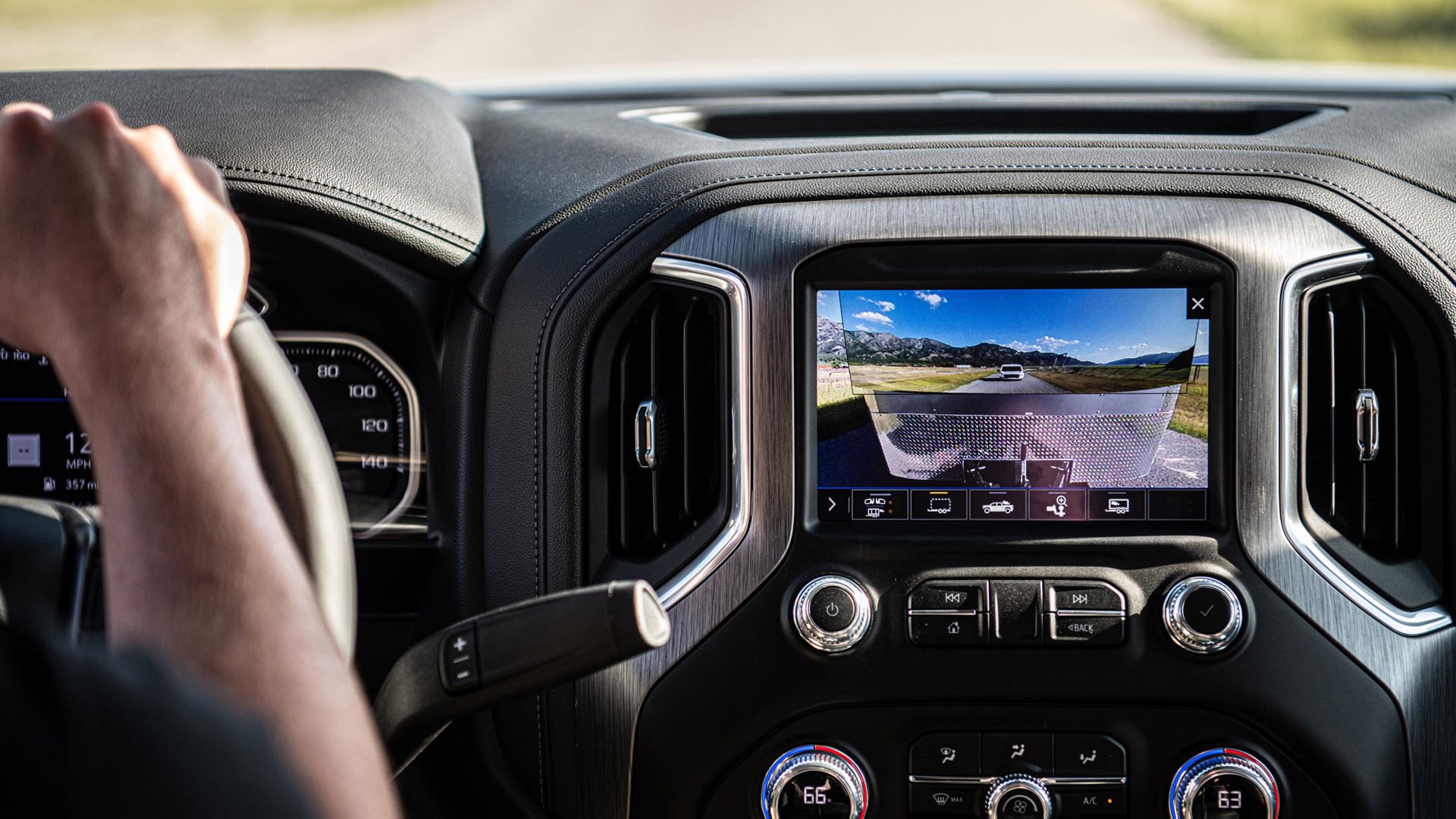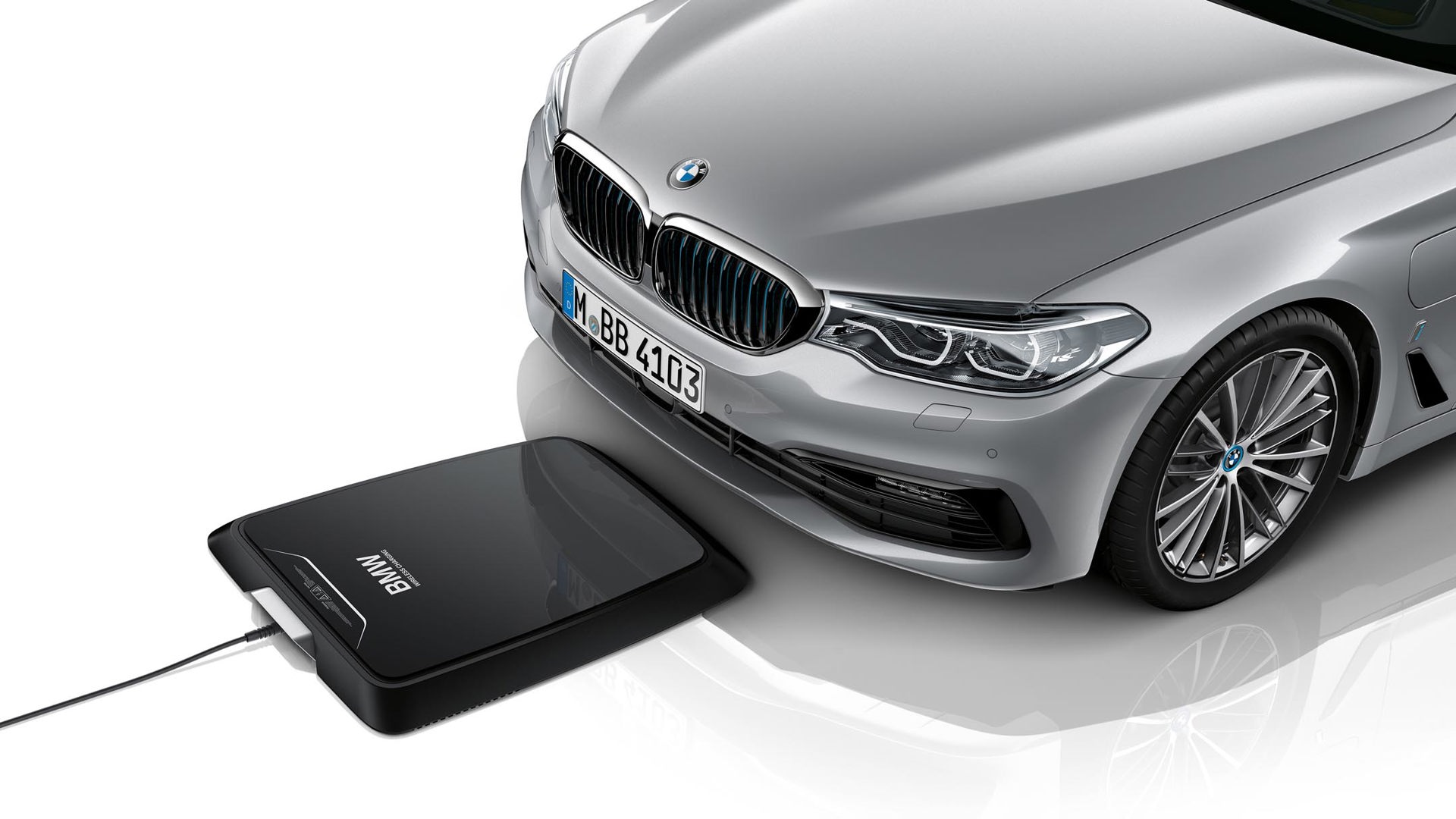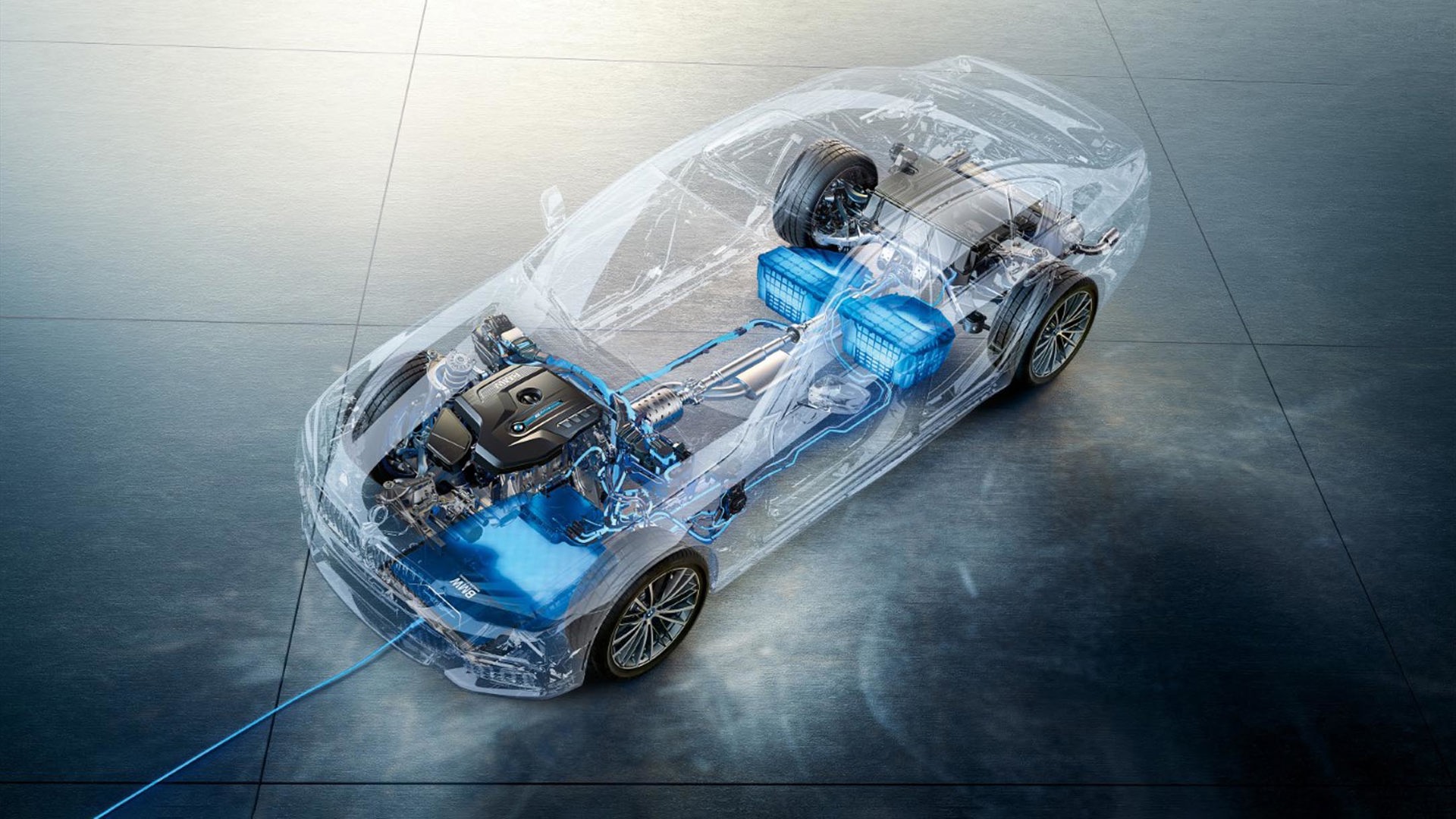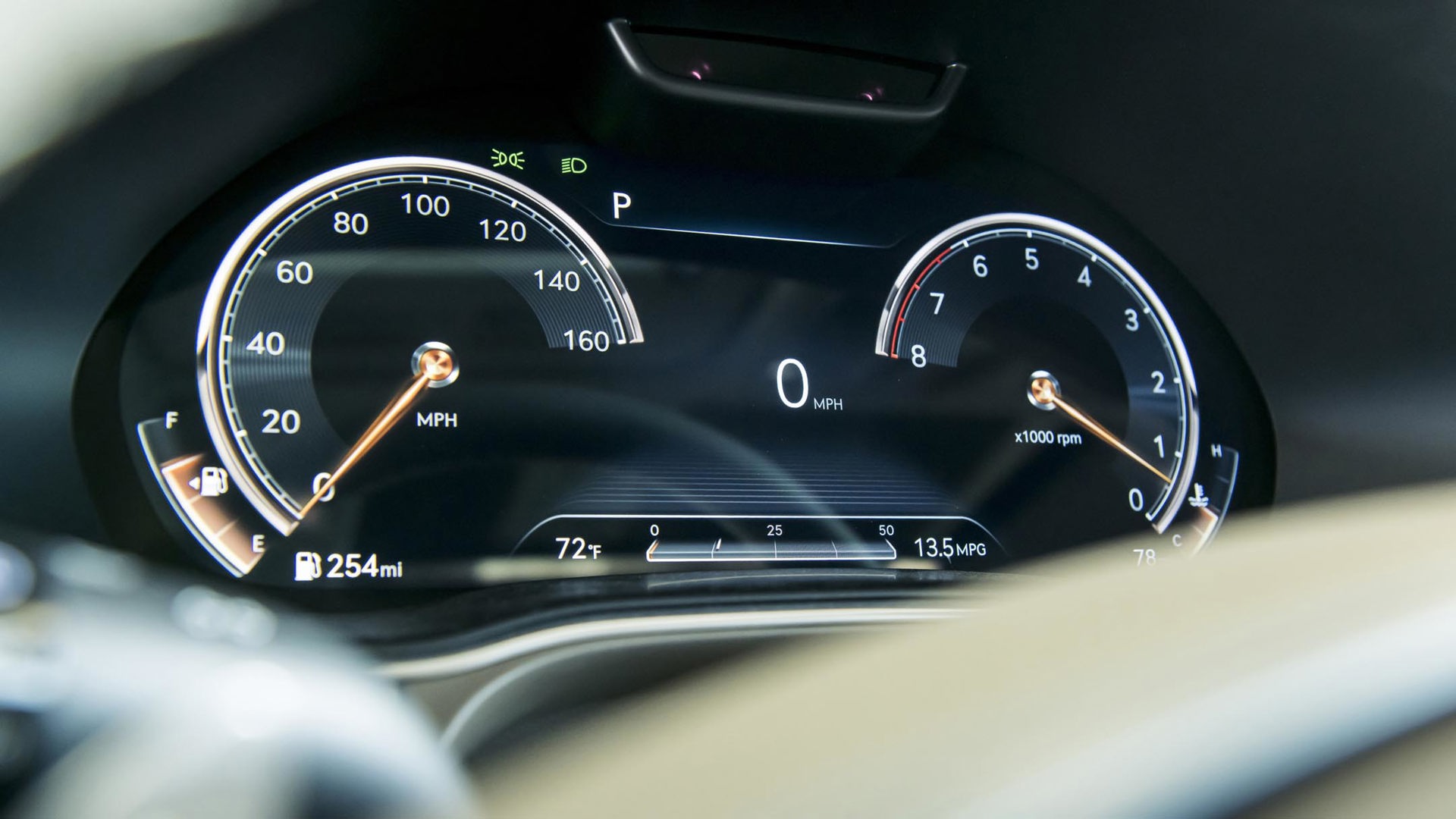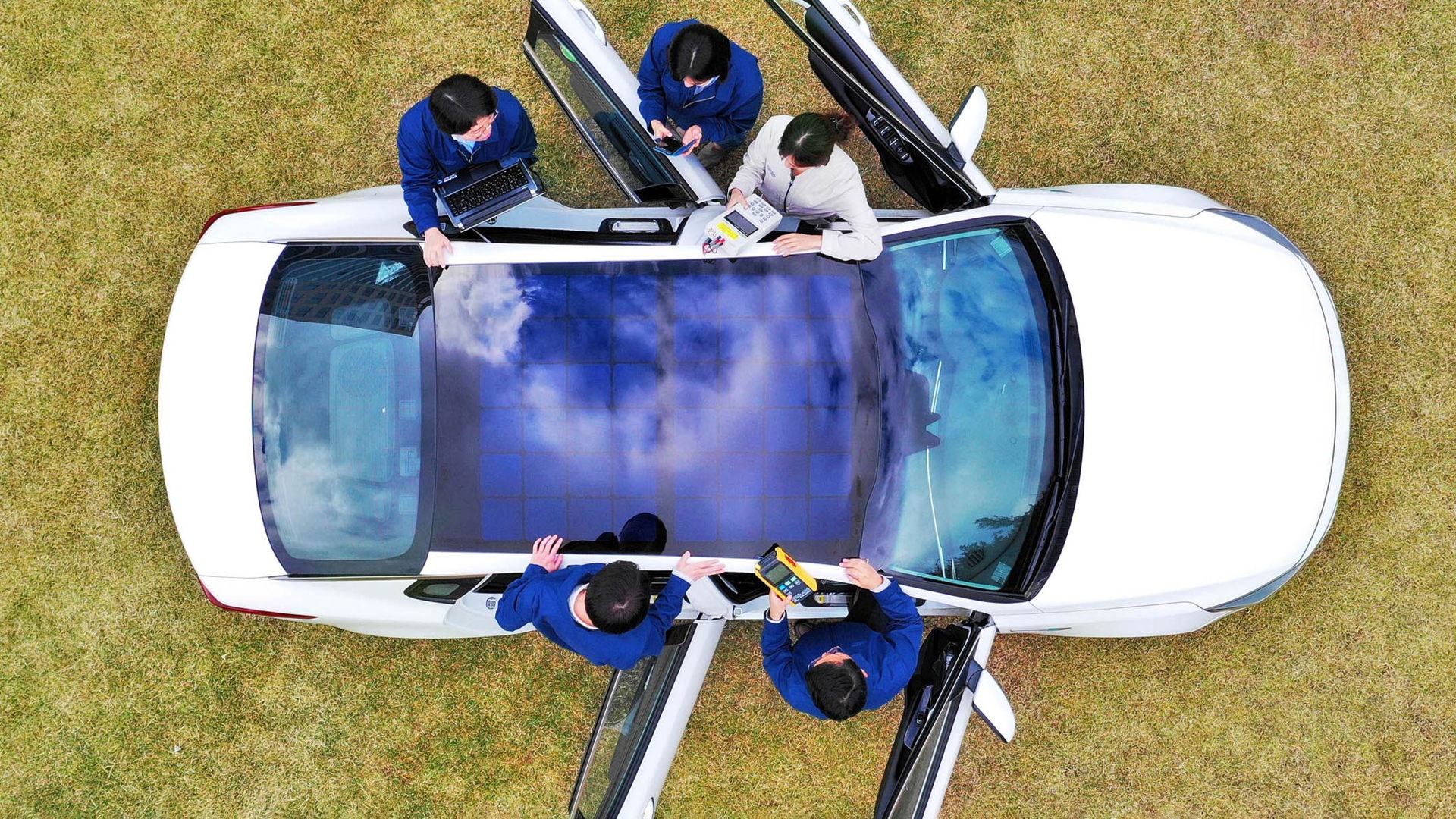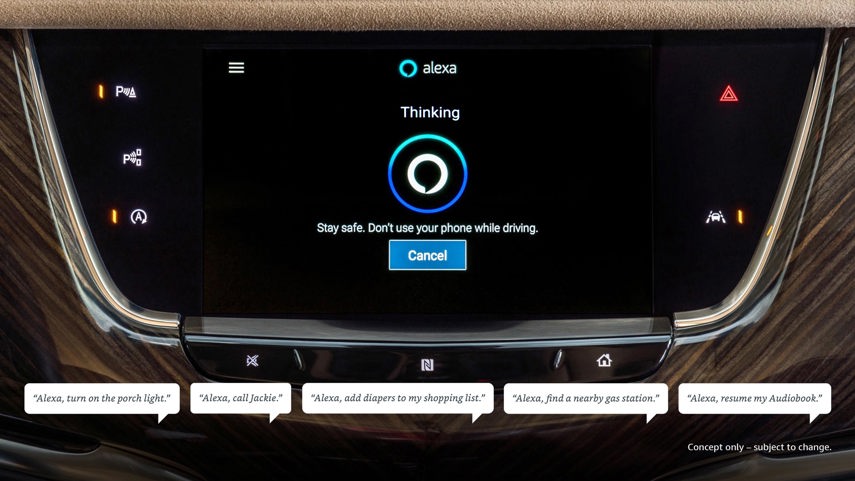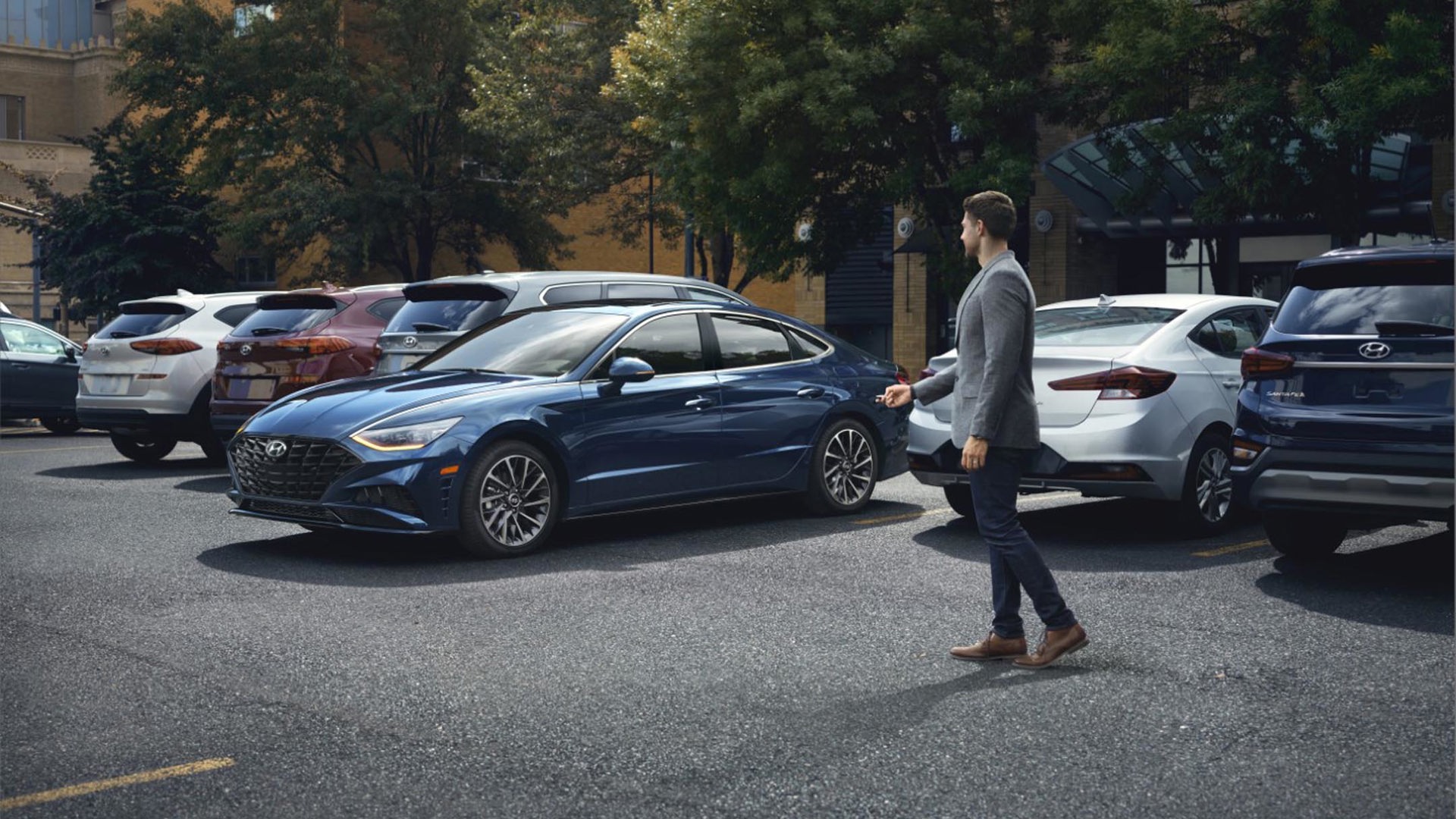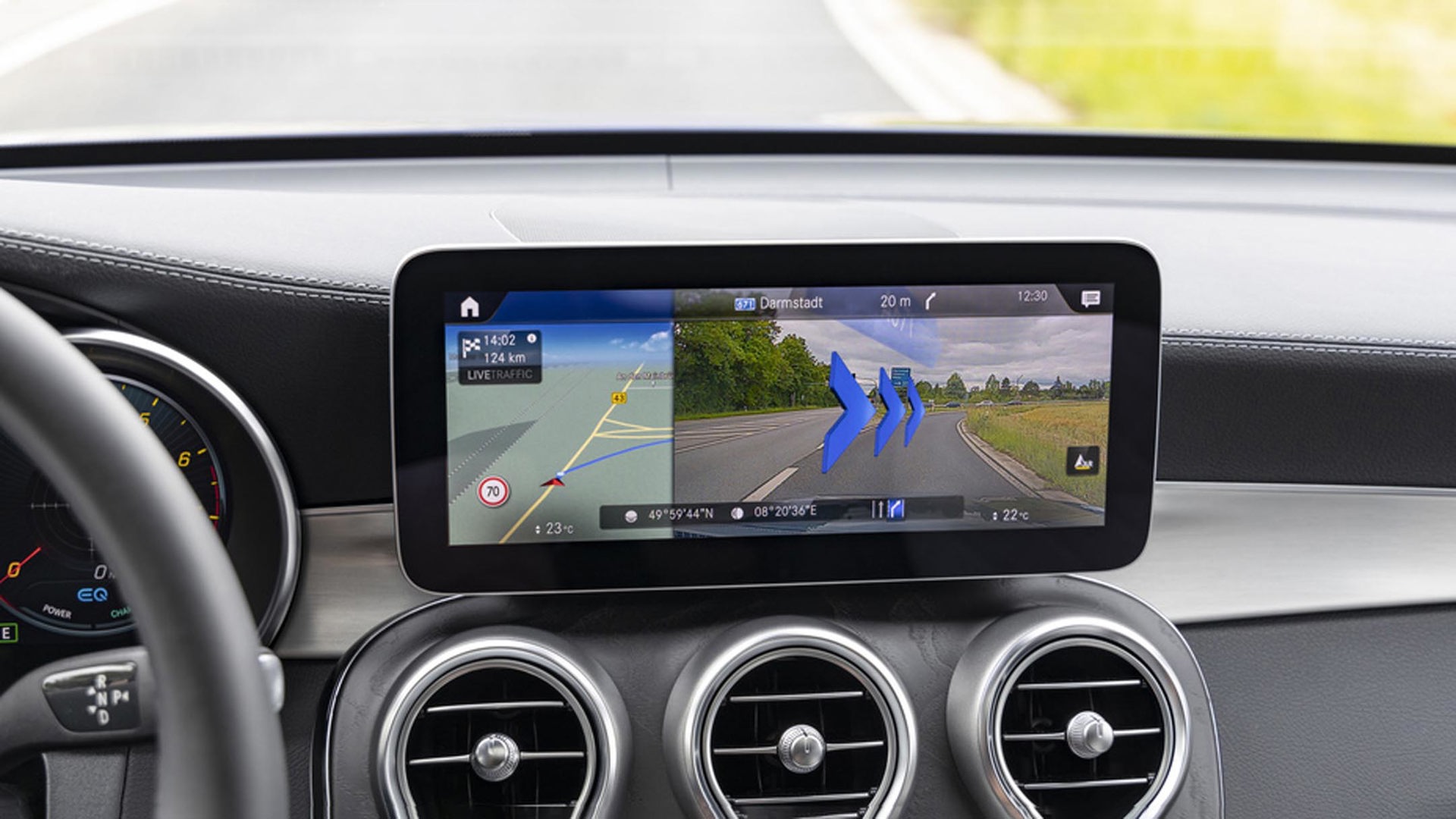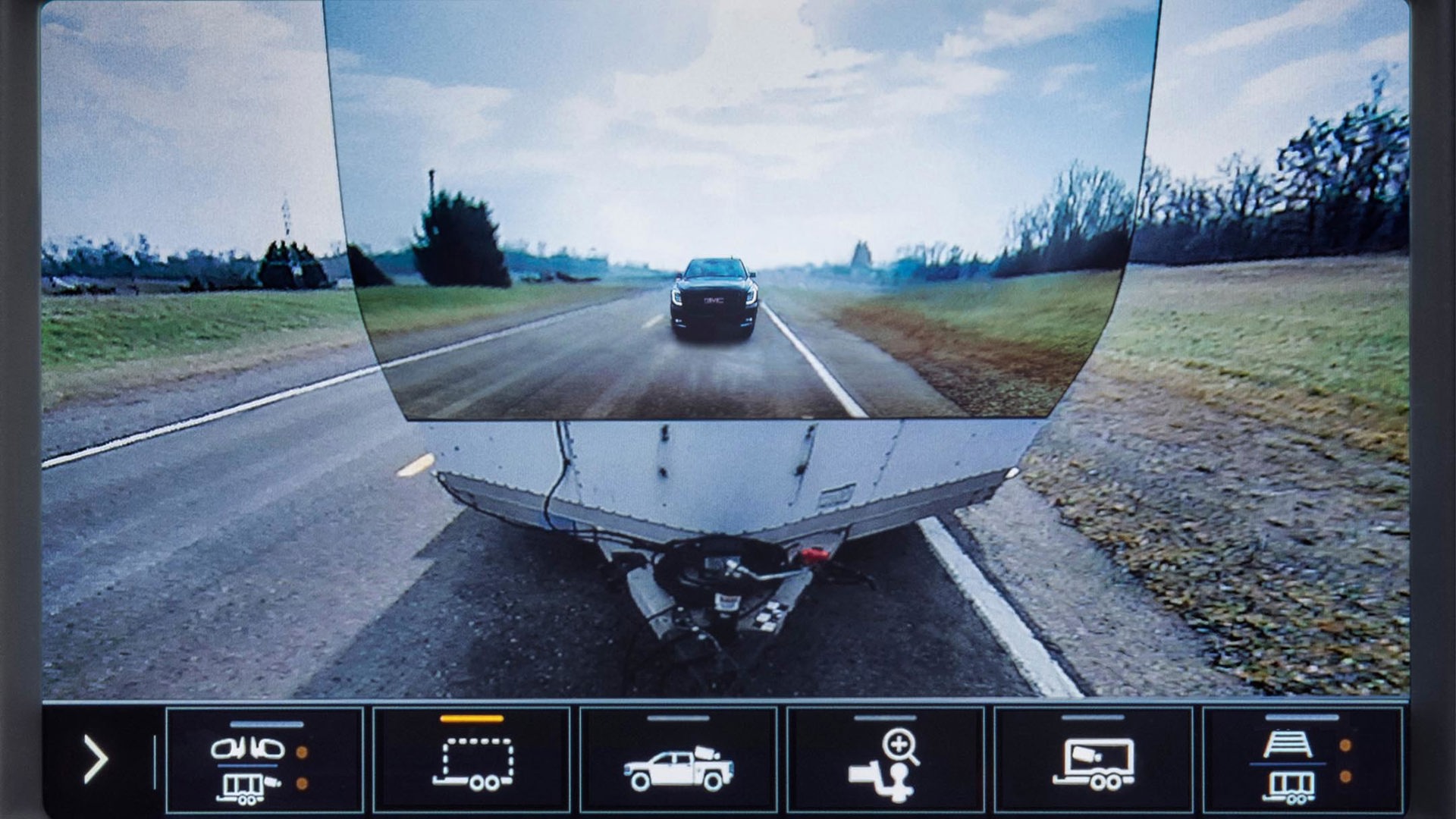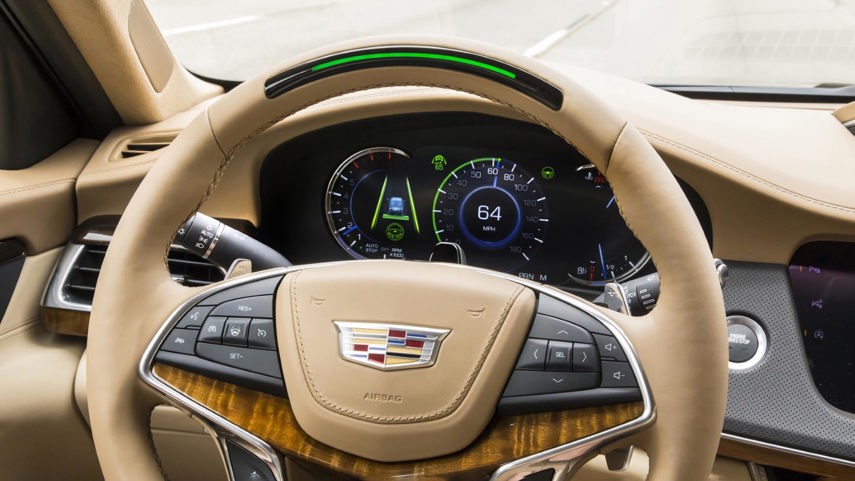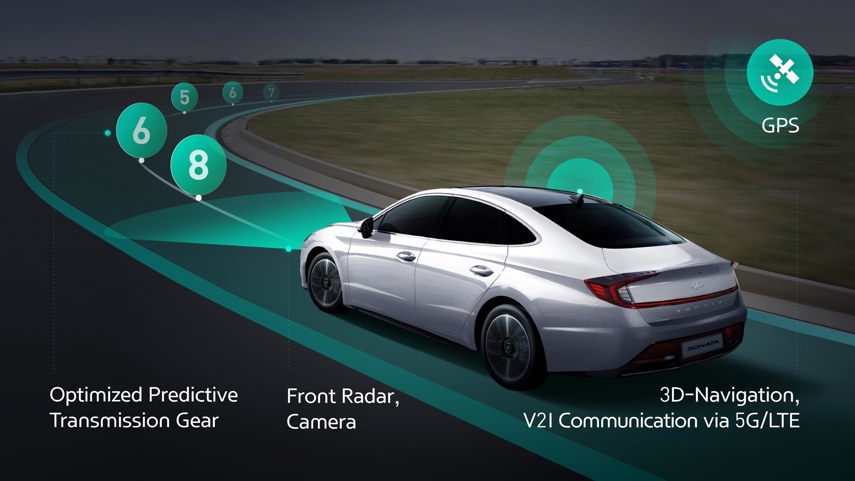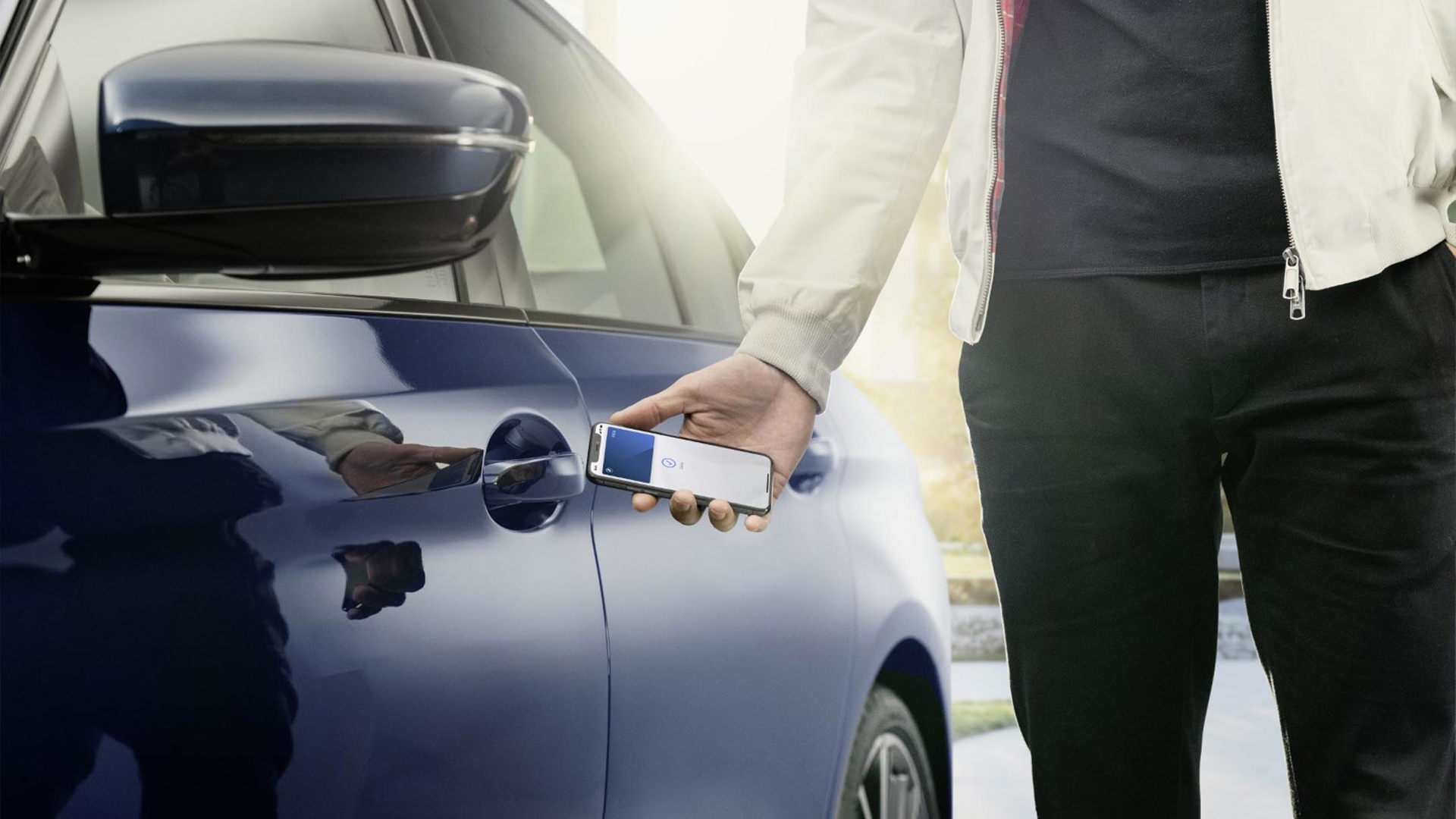When it comes to fancy and high-tech features in new cars, there’s a hierarchy to follow: high-end luxury cars get the goodies first. If those features prove to be a hit, they trickle down into more mainstream vehicles when the cost and demand allows it. We’ve seen this happen before with features like ventilated/heated seats, heated steering wheels, and voice recognition. It wasn’t too long ago that heated steering wheels could only be found in Benzes and BMWs, for example, but now a Kia Rio comes with this feature as standard.
Simply put, high-end vehicle features will eventually make their way to the mainstream, so let us gaze into our crystal ball of car tech and see what you can expect soon.
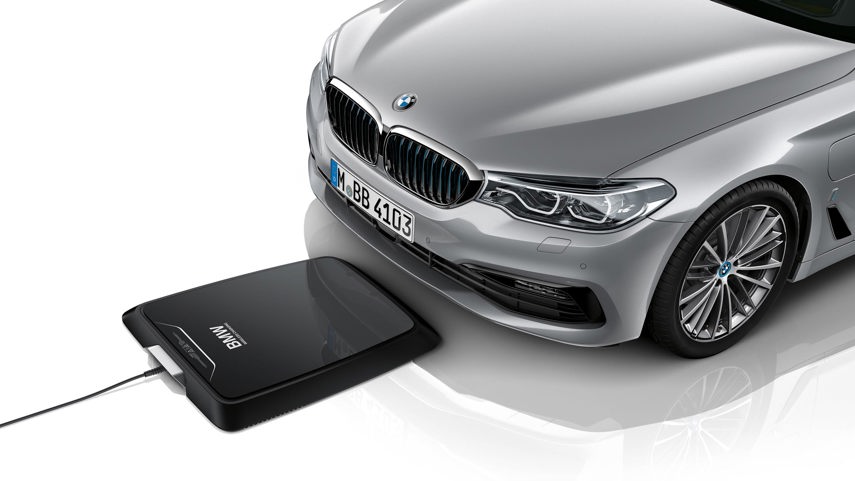
Wireless EV Charging
Our cellphones and toothbrushes can charge wirelessly, so it’s only a matter of time until we can drive our electric vehicle (EV) onto a charging pad and recharge its batteries without having to plug it in like we currently do. This would make charging an EV slightly more convenient.
BMW and Jaguar have shown off this feature in the past, with BMW offering it in limited regions with its 5 Series plug-in hybrid. However, a new standard set by the Society of Automotive Engineers (SAE) will help make this feature more widespread in the future. Having a standard means that all automakers can meet one set of rules and specifications so that all of their vehicles will work with this kind of charger.
The SAE standard J2954 allows for wireless charging of up to 11 kW, which is more than most public Level 2 charging stations currently offer.
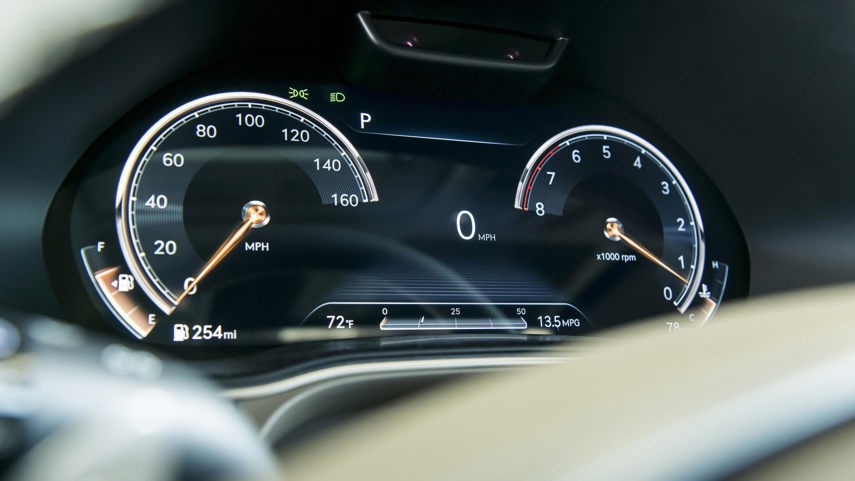
3D Gauges
Luxury vehicle brand Genesis is doing everything it can to stand out against the top names in this industry like Mercedes-Benz, Audi, and BMW. Besides providing a lot of value, one way Genesis can wow people is through technology, and its unique gauge cluster has done just that.
Digital dashboards are becoming more common now, and are even offered in mainstream vehicles like the Hyundai Elantra, but Genesis is trying to make its displays pop, so it opted to give its gauge cluster a 3D effect.
The feature works without fancy or geeky-looking glasses. Instead, Genesis uses an eye-tracking camera that can aim the images on the display to each eye. As a result, the gauge cluster and the information it displays have a surprising amount of depth due to that 3D effect. It helps the driver to focus on more important information, however, we’re still waiting to see ways for this feature to evolve into more than a mere gimmick.
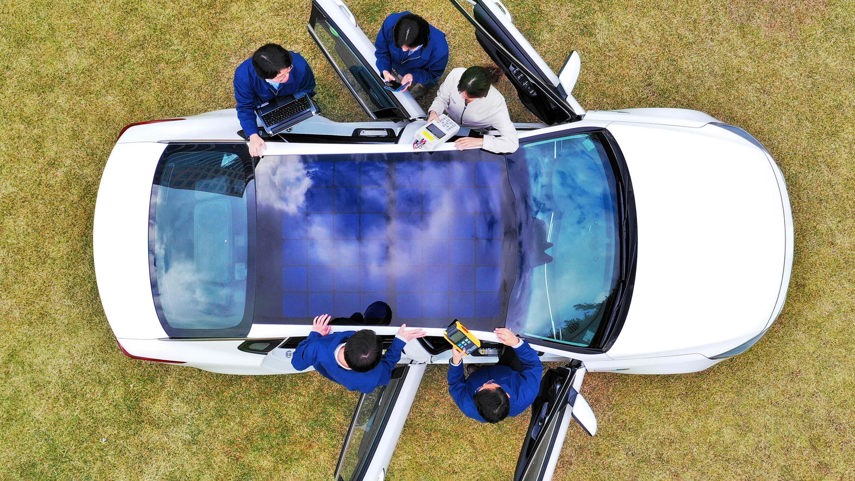
Solar Roofs
When it comes to electrification, every little bit of energy helps. Hyundai is harnessing the power of the sun to improve the efficiency of its Sonata Hybrid. With a built-in solar panel on the roof of the sedan, the sun alone can recharge the vehicle’s battery pack by 30 to 60 per cent in just six hours. This extra juice helps the vehicle travel nearly 1,200 more km in a year for free.
Interestingly, the Sonata Hybrid isn’t the first car to offer this feature, nor does it seem to be the last. In 2011, the Nissan Leaf offered a photovoltaic solar panel embedded into the rear spoiler. It didn’t charge the EV’s main battery, but it did help charge the 12-volt accessory battery, lessening the load on the drive batteries and increasing efficiency.
Looking ahead, Tesla CEO Elon Musk announced that the upcoming Cybertruck should get a solar panel option in the form of a roof or tonneau cover. He suggests that it could help provide 24 km (15 miles) of range per day.
It is worth pointing out that solar panels have plenty of drawbacks; they require significant surface area, so a small one won’t make much impact on battery charge. Additionally, they need to have unobstructed access to the sunlight, which means if you park in a garage or experience a lot of snow, it won’t be that useful. And finally, you can’t use the solar panels to recharge overnight.
Despite those issues, solar panels may become more common and a regular feature for electrified cars.
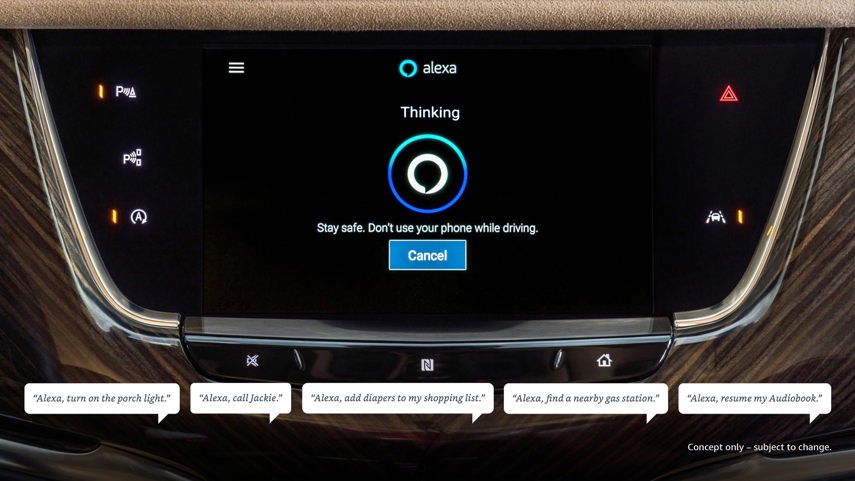
Smart Home Integration
Smart homes are becoming all the rage, with digital assistants hooking into appliances, light fixtures, and even our cars. You might be familiar with Android Auto, Apple CarPlay, or Amazon Alexa, which help integrate a digital assistant with your vehicle, but the capabilities of these platforms are expanding.
General Motors and Cadillac are gung-ho about their partnership with Amazon, which allows drivers to trigger Amazon Alexa from their car, which will let them control smart lights at home, turn on the heat, get the oven ready for dinner, or communicate with almost any other compatible device.
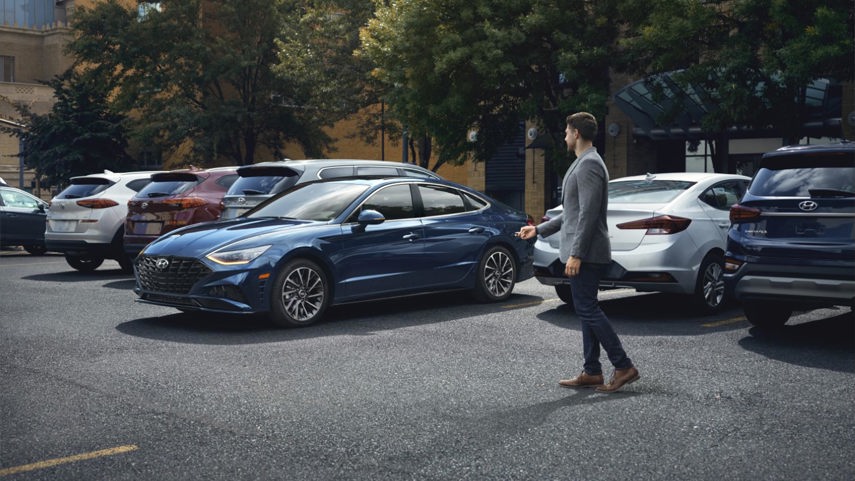
Remote Parking
Being able to park and summon your car without you being in the driver’s seat sounds like witchcraft, but it’s a feature that is becoming more common, even with mainstream cars. Simply put, you can exit a vehicle then make it pull into or pull out of a parking spot without a driver. Besides being a fun party trick to show your friends, this feature would come in handy if drivers have to park in tight spots where opening the doors is a challenge.
BMW was among the first automakers with this feature, but other automakers are catching up, including Tesla, Genesis, and Mercedes. More mainstream brands like Hyundai are also offering this feature, which is available on the Hyundai Sonata and called “Smart Park.”
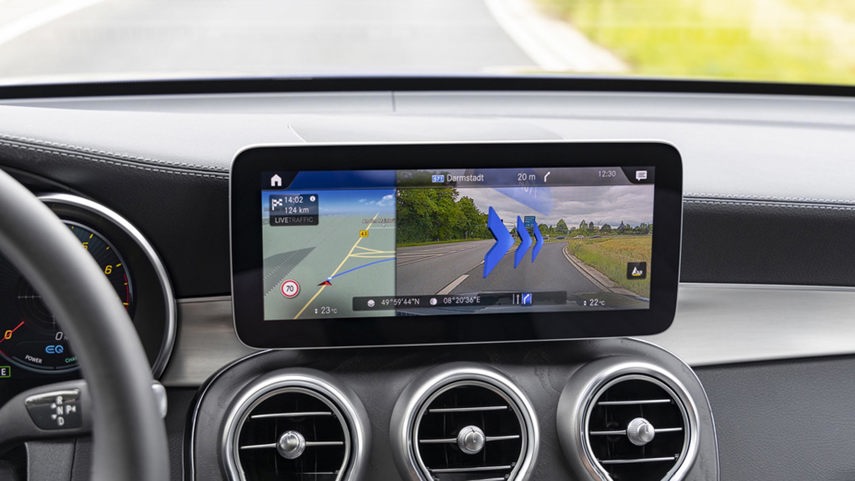
Augmented Reality
Augmented reality is one of those things that is easier to show than explain. Better known as AR, it overlays important information over a live video feed. Automakers typically use this for navigation, using animated arrows over a live feed of a driver’s projected path to illustrate exactly where they should make the next turn, or by displaying information like street numbers or speed limits.
Mercedes originally introduced it on vehicles with its MBUX infotainment system, which is now available throughout the German automaker’s lineup. Other automakers like Cadillac are getting into the action too, offering augmented reality on the Escalade SUV.
The next step for augmented reality is to project and move the overlay of information to a head-up display. Mercedes is again at the forefront of this technology, showcasing the feature in the new S-Class, but Hyundai will also offer this in its upcoming Ioniq 5 electric vehicle.
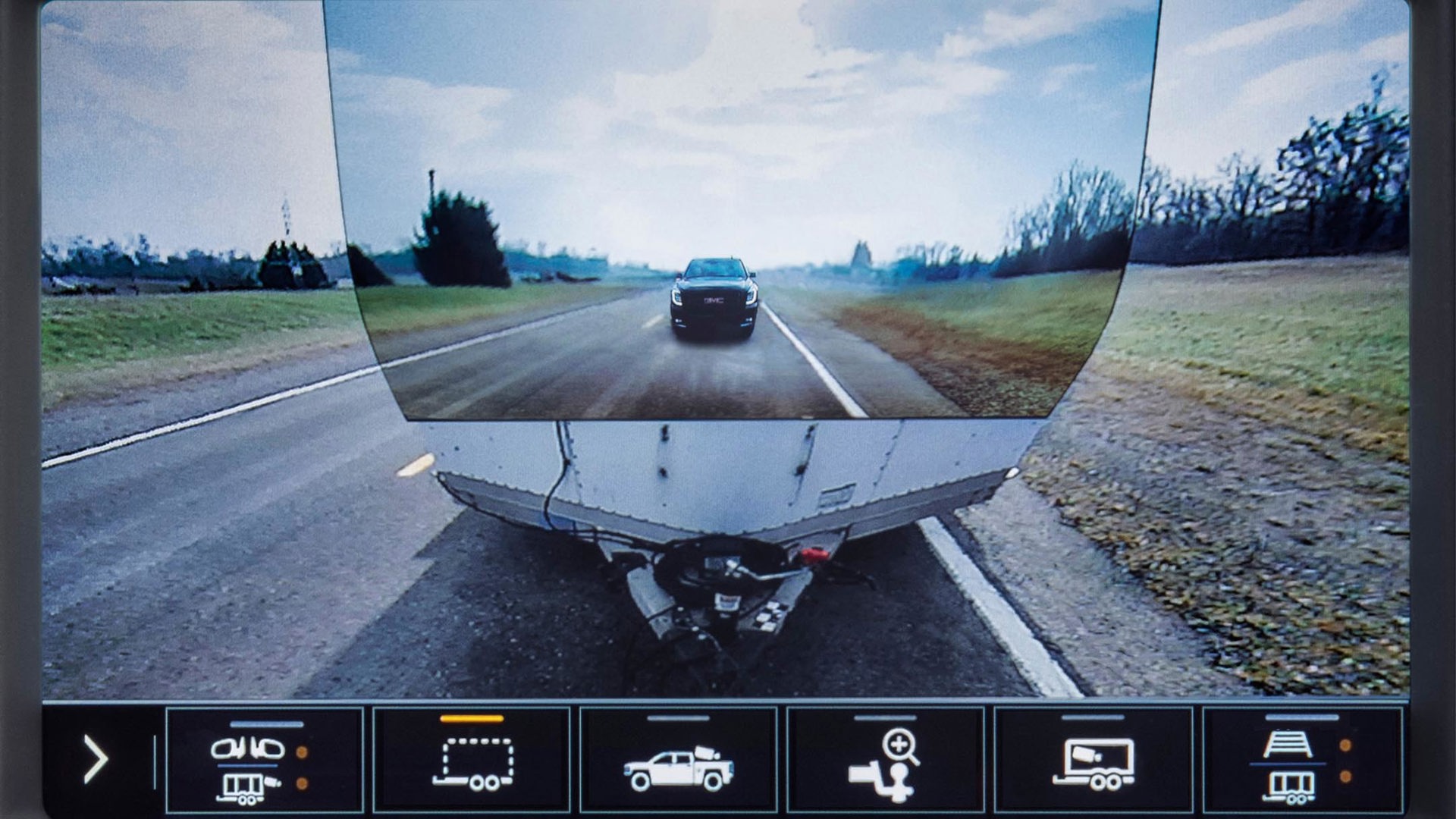
Magic Cameras
Cameras and video feeds do more than help you park perfectly. Combining the feed from the rear-view camera with the feed from a remote camera attached to the back of a trailer, a GMC truck can make your trailer appear invisible. This is a great way to see what is behind the truck when rearward visibility is obstructed. You can even mount a camera in your trailer to see how your cargo is holding up.
Land Rover takes a similar approach in the new Defender, which uses several integrated cameras (not external or remote ones) mounted around and under the vehicle to make the hood appear transparent on the infotainment screen, so you can see what’s underneath the SUV. This is a great feature for off-roading so you can see what you’re about to drive over, which helps you navigate through trickier trails and obstacles.
We’re waiting for more automakers to adopt this technology, much like how 360-degree or birds-eye parking camera views have become more common over the past decade. It doesn’t seem too difficult to integrate, and the applications seem excellent for off-roading and towing.
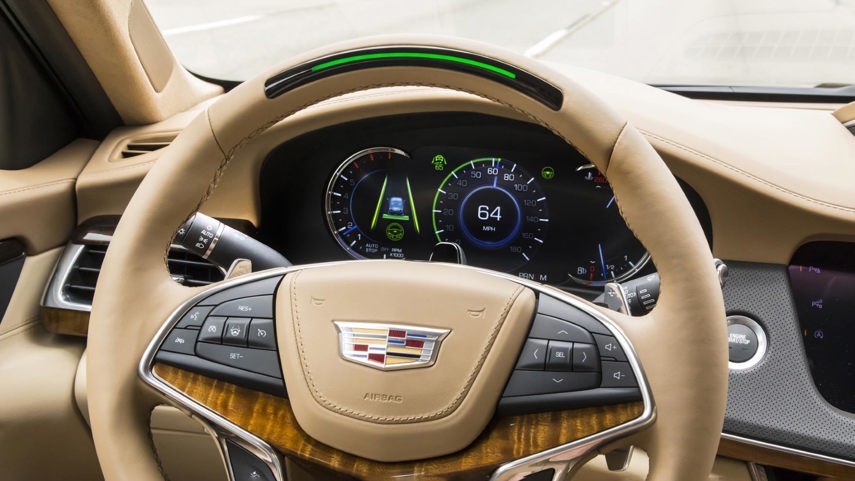
Artificial Intelligence Cruise Control
Cruise control evolved into adaptive cruise control, but what’s next? General Motors is betting on Super Cruise, a feature first introduced on the Cadillac CT6, but is beginning to find itself in more Cadillacs and even some Chevrolet models including the upcoming Bolt EV. Super Cruise is a combination of adaptive cruise control, lane-keeping assistance, and automated lane-changing to make driving on the highway easier. It relies on detailed map data, GPS, and a bevy of cameras and sensors. In the perfect conditions, it can manage driving the vehicle in traffic from on-ramp to off-ramp on the highway. It is the first semi-autonomous system to follow the recommendations set by the Society of Automotive Engineers (SAE) and is ranked as a Level 2 driver assistance feature. When activated, Super Cruise doesn’t require a driver’s hands to be on the wheel, but sensors monitor the driver’s eyes to make sure they’re still paying full attention to the road.
But what if your adaptive cruise control system took on your driving mannerisms? This is something that Genesis offers with the new G80 sedan and GV80 luxury crossover. After monitoring the way you drive, the vehicle learns your driving style and can mimic it with the adaptive cruise control, adjusting its reaction speed, acceleration, and the distance from the car ahead.
As a result, the vehicle drives more like you do, mimicking your on-road behaviour and feeling more familiar and comfortable.
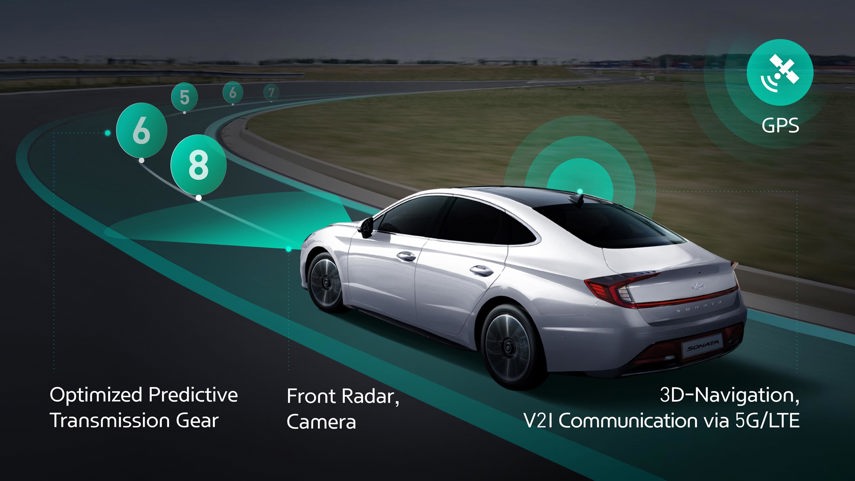
GPS-Enabled Features
Most cars these days can warn you about the likelihood of ice and slippery conditions whenever the temperature drops below a certain threshold. New cars feature a wider variety of sensors and are also connected to the Internet, so there should be different and newer streams of information available. For example, some vehicles use their built-in GPS data to inform a driver when they are driving through school zones so they can slow down accordingly.
Other automakers use GPS data to automate mundane tasks. BMW now has a feature that can trigger certain vehicle functions at a specific spot on the map. One use case is at a toll road or drive-through window, where the car can automatically lower the window as it approaches the saved location. I can imagine this feature being a hit with sports car owners – imagine a car knowing when to automatically raise its nose to avoid scrapes with garage ramps or speed bumps.
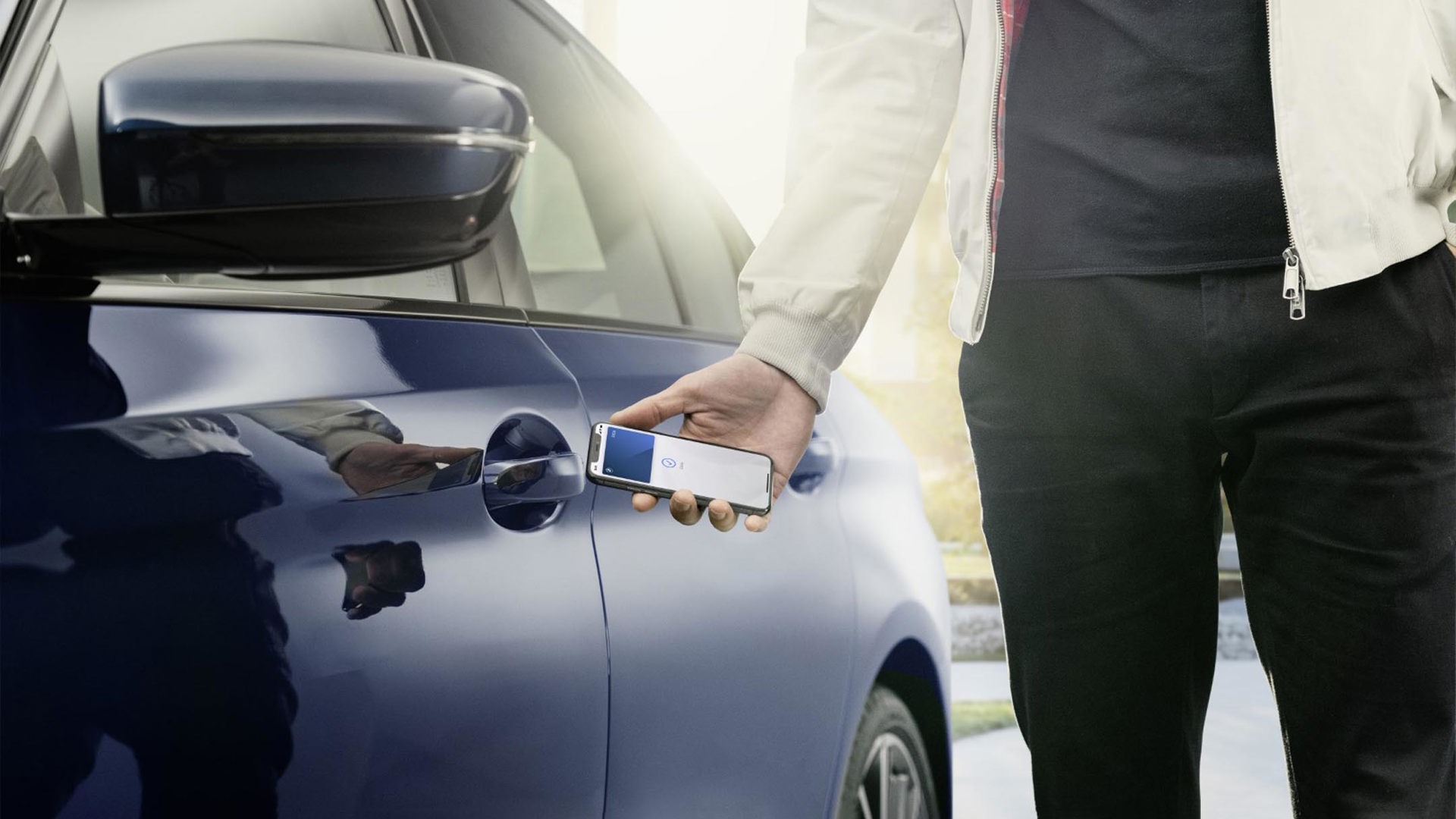
Digital Keys
Are keys outdated? Automakers are beginning to think so, leading to the development of digital keys. Every new car on the road today features Bluetooth connectivity to help you make calls or stream media from a phone, but what if you can use your phone or smartwatch to lock and unlock your vehicle, or even turn it on?
In the past, this was made possible through telematics services like GM OnStar or Hyundai BlueLink, which sometimes required an extra subscription. But things are changing, and digital keys are becoming a bit more accessible.
Apple has even baked this functionality into its latest mobile operating systems, letting you open, lock, and turn on your car using just your device. This is thanks to a technology known as Near Field Communication or NFC. Most new phones come with NFC, so once your device is added as a digital key for the car, all you need to do is hold it up to the car’s NFC reader (usually on the door handle) and it should act like you’re using the fob. The cool thing about NFC is that it can even work when the phone is turned off or out of battery and doesn’t require an internet connection.
BMW is the first automaker to support Apple’s Digital Key platform, but those using other ecosystems aren’t left behind. For example, Hyundai’s digital keys work on Android-powered devices.
Digital keys can even be shared with friends or family, so they can access your car just through an app. This means you won’t have to worry about losing your keys, so long as you have your phone.
